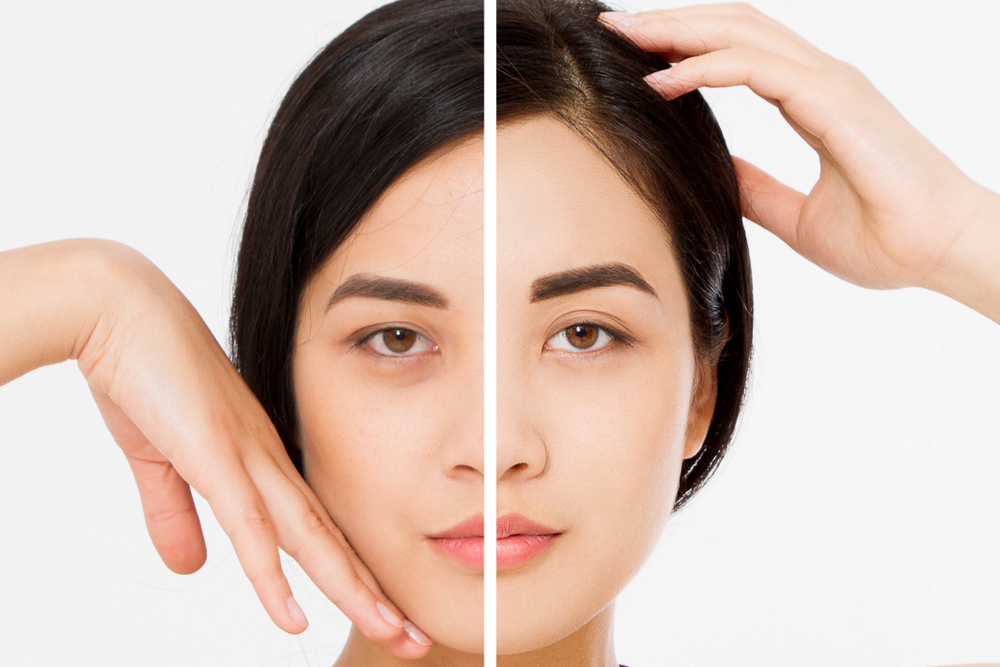Eye-opening statistics from the American Society of Plastic Surgeons show that eyelid surgery was one of the top five cosmetic procedures performed in the United States in 2018.
According to the ASPS’ annual report, Plastic Surgery Statistics, there were more than 17.7 million surgical and minimally invasive cosmetic procedures performed in the U.S. last year, an increase of nearly a quarter million procedures over the previous year.
Of these 17.7 million procedures, just over 206,000 were eyelid surgeries, also known as the blepharoplasty procedure.
This may seem surprising, but eyelid surgery is frequently in demand for cosmetic – and functional – reasons.
“Many individuals sign up for eyelid surgery because sagging skin and tissue can block vision,” said Dr. Mayli Davis, a Colleyville, Texas, board-certified ophthalmologist.
While many patients do seek out the procedure after excess tissue begins to impede their vision during activities such as driving or reading, eyelid surgery is also commonly used to help regain a youthful appearance.
“When eyelids begin to droop as a result of excess tissue or skin, it can make a face look older prematurely,” Davis said.
While eyelid drooping tends to be something associated with seniors, it can begin as early as the 40s.
Eyelid drooping happens when the muscles or ligaments that hold the eyelids in place stretch out as a natural part of the aging process, injury, illness or genetics.
Some individuals experience drooping of the eyelids as a result of myasthenia gravis, an autoimmune condition that causes weakening of muscles that manage voluntary control, such as blinking.
When the tissues of the eyelid become elongated, they cannot keep the eyelid in its intended position.
The result is often a “sad” or “tired” appearance. Many individuals with drooping eyelids report hearing remarks from others about their appearance – that they look tired or grumpy all the time. This is often a motivation to seek out surgical solutions.
During the eyelid procedure, tiny incisions are made in the crease of the eyelid, and stretched-out muscles are cut and tightened. Excess skin and fat are also removed.
While the majority of eyelid surgery procedures are performed on the upper eyelid, lower eyelid surgery is also an option for individuals with sagging, wrinkled or drooping skin below the eyelid.
During lower eyelid surgery, a small incision is made directly below the lower lash line or inside the lower eyelid in a procedure known as the transconjunctival approach.
Excess fat and skin are removed, and the area is tightened and smoothed. Some patients choose to combine their surgery with laser resurfacing of the eyelid skin to further reduce the appearance of lines and wrinkles.
The blepharoplasty procedure is safe and effective. The surgery is outpatient and usually takes 45 minutes to two hours, depending on the severity of drooping. After the procedure, thin bandages are placed over the incisions. They are removed about a week later. Skin in the area may be sensitive after surgery, so patients should take care when cleaning the surgery site and follow all post-operative instructions.
Recovery from eyelid surgery takes on average between two and three weeks. Patients should expect mild to moderate bruising and swelling in the first few days after surgery, but for most people, these side effects quickly subside.
“After the blepharoplasty eyelid surgery procedure, patients can help reduce effects such as bruising and swelling by using cooling compresses around the eyes and face,” Davis said.
To also improve healing times, Davis suggests light exercise such as walking to enhance circulation and help speed healing.
“Most people can resume their normal activity a week to 10 days after surgery,” Davis said.
Source: New Plastic Surgery Statistics Reveal Trends Toward Body Enhancement






